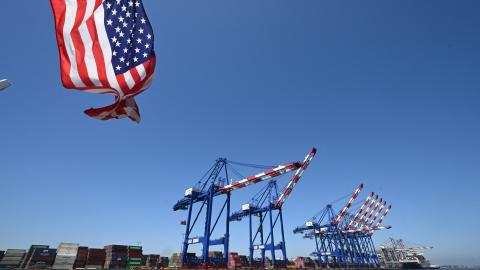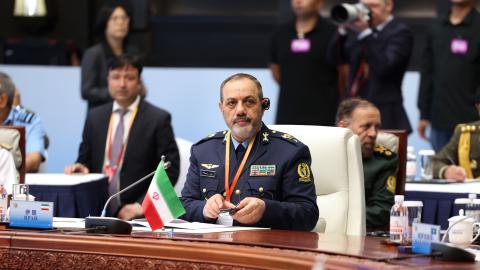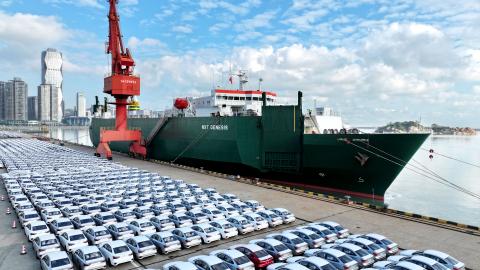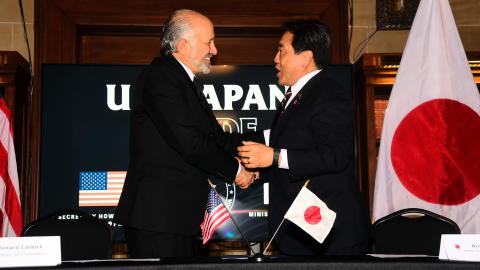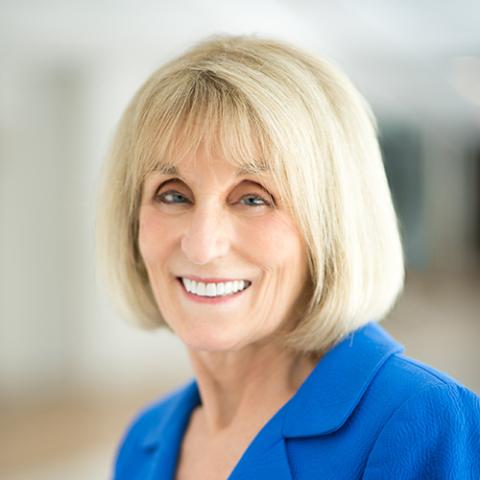Over the last fifty years, the governments of industrialized nations have given developing countries more than $2.3 trillion in foreign aid. That's a lot of money. However good the intentions, has it been well spent? And is it the true measure of Western generosity? Well, not really.
Since the Marshall Plan, Western governments and United Nations officials have clung to the belief that increasing official aid will lift poor nations out of poverty, just as it did post-war Europeans. The United Nations advises governments to spend 0.7 percent of their gross national incomes on foreign aid.
Even though the U.S. government gives, by far, the largest amount of aid, it ranks poorly when judged by this percentage criterion. The latest data show that the United States comes in second to last, just ahead of Italy. But this measure is grossly incomplete, for it excludes American private giving abroad by foundations, corporations, voluntary organizations, universities and colleges, religious organizations, and the many immigrants who send money back to their home countries.
To capture the magnitude of this giving, the Center for Global Prosperity, at the Hudson Institute, has launched the first Index of Global Philanthropy. This in-depth study of U.S. private giving to the developing world combines existing surveys with original research to reveal the true magnitude of American generosity.
U.S. private giving to poor countriesat least $71 billion in 2004was more than 3 1/2 times U.S. "official" foreign aid. What this shows is that Americans like to give abroad as they do at homeprivatelywhile Europeans assist people overseas as they do domesticallymainly through their governments.
In fact, U.S. private giving abroad comes close to the amount of official foreign aid from all donor nations combined. Private giving and volunteerism by U.S. foundations and other non-governmental organizations, such as CARE, World Vision, and Catholic Relief Services, top $13 billion. This far exceeds official aid from any other donor country.
There's a new breed of "philanthro-capitalists," with innovative ideas on how to ease poverty. With "soft heart, hard head" approaches, they are bringing business techniques, accountability, transparency and results to remote villages in need. Corporations and churches are moving beyond relief projects to create lasting institutions in developing countries.
Having seen the benefits of people-to-people programs over traditional donor government-to-government approaches, Dennis Whittle, former World Bank employee, founded GlobalGiving, an online marketplace in which donors are "customers" who "shop" for their preferred development projects. Complete with a "Giving Cart," GlobalGiving connects individuals, corporations, and other donors with development projects around the world. These projects compete for funds at a fraction of the normal aid-project overhead. Donors can track their funded projects' progress through regular Internet updates. Whittle wants the capital to flow to those entrepreneurs who demonstrate resultssomething sorely missing from traditional aid projects.
Martin Fisher and Nick Moon, of the American nonprofit KickStart, became fed up with traditional government-aid programs. "We're putting in place things that are really not sustainable," says Fisher of the old approach, "because the minute we go away, these things just collapse."
They developed a small pressure irrigation pump, called the MoneyMaker, resembling a rudimentary stair-climbing exercise machine, by which an African farmer pumps water throughout his plot. The Moneymaker has increased average incomes among the farmers from $120 to $1,400, and created 35,000 jobs in East Africa.
With private-giving numbers' dwarfing official government aid, foreign aid has been gradually "privatized" over the last 20 years. The conventional assumption that foreign aid counts only when it comes from governments is caught in the time warp of the Marshall Plan era, when private investment and charity abroad were minimal. There is a new world of giving, which sees poor people as active partners, not as helpless pawns waiting for the next cash installment.
The world's attitude toward foreign aid, private giving and creating prosperity needs a dramatic makeover before poverty can be reduced in a far-reaching, lasting way.
